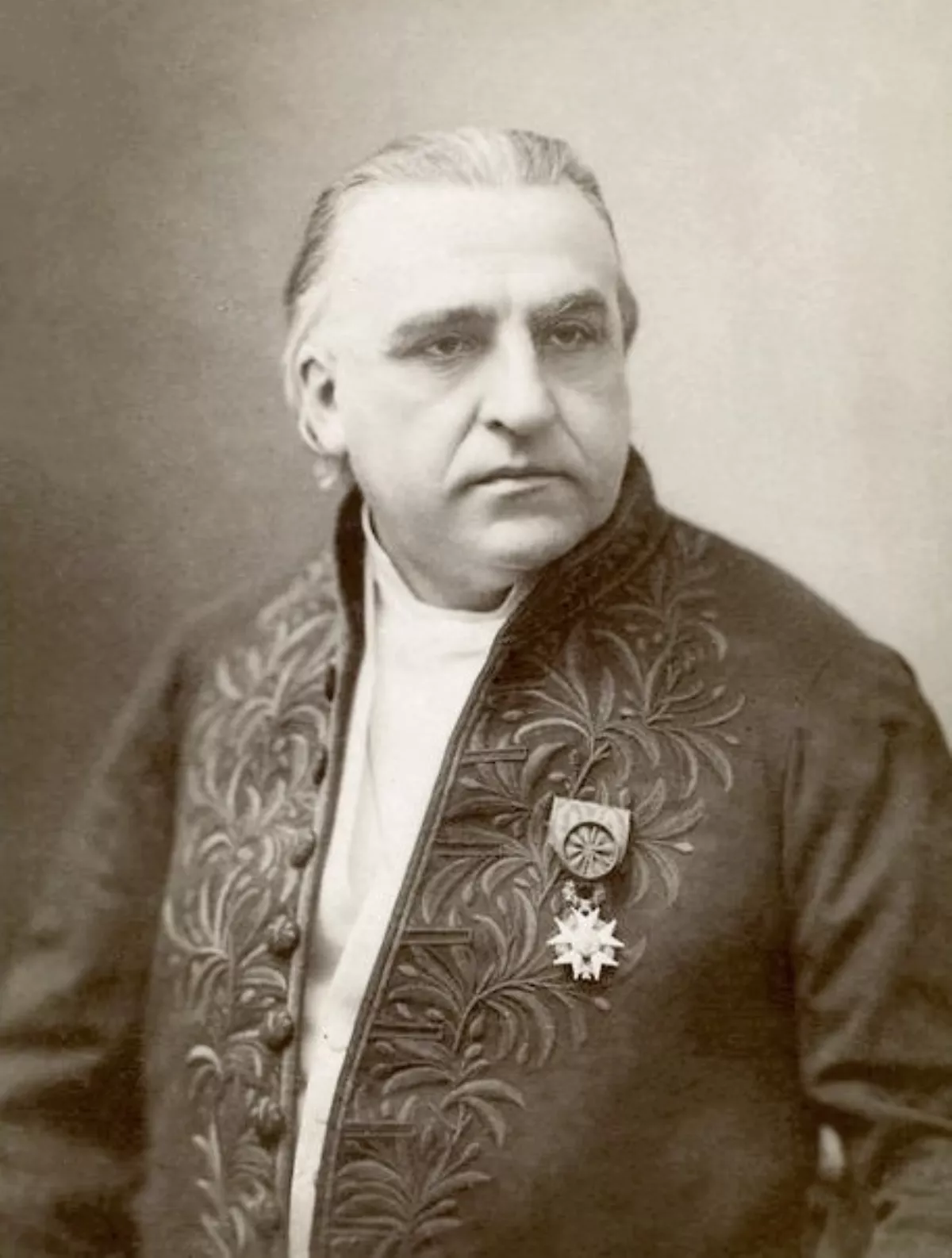 1.
1. Jean-Martin Charcot has been referred to as "the father of French neurology and one of the world's pioneers of neurology".

 1.
1. Jean-Martin Charcot has been referred to as "the father of French neurology and one of the world's pioneers of neurology".
Jean-Martin Charcot was the "foremost neurologist of late nineteenth-century France" and has been called "the Napoleon of the neuroses".
Jean-Martin Charcot was a part of the French neurological tradition and studied under, and greatly revered, Duchenne de Boulogne.
Jean-Martin Charcot named and was the first to describe multiple sclerosis.
Jean-Martin Charcot observed cognition changes, describing his patients as having a "marked enfeeblement of the memory" and "conceptions that formed slowly".
Jean-Martin Charcot was the first to describe a disorder known as Charcot joint or Charcot arthropathy, a degeneration of joint surfaces resulting from loss of proprioception.
Jean-Martin Charcot researched the functions of different parts of the brain and the role of arteries in cerebral hemorrhage.
Jean-Martin Charcot led the disease formerly named paralysis agitans to be renamed after James Parkinson.
Jean-Martin Charcot noted apparent variations on PD, such as Parkinson's disease with hyperextension.
Jean-Martin Charcot received the first European professional chair of clinical diseases for the nervous system in 1882.
Jean-Martin Charcot is best known today for his work on hypnosis and hysteria.
Jean-Martin Charcot initially believed that hysteria was a neurological disorder for which patients were pre-disposed by hereditary features of their nervous system, but near the end of his life he concluded that hysteria was a psychological disease.
Jean-Martin Charcot first began studying hysteria after creating a special ward for non-insane females with "hystero-epilepsy".
Jean-Martin Charcot discovered two distinct forms of hysteria among these women: minor hysteria and major hysteria.
Jean-Martin Charcot argued vehemently against the widespread medical and popular prejudice that hysteria was rarely found in men, presenting several cases of traumatic male hysteria.
Jean-Martin Charcot taught that due to this prejudice these "cases often went unrecognised, even by distinguished doctors" and could occur in such models of masculinity as railway engineers or soldiers.
Bernheim argued that the hypnosis and hysteria phenomena that Jean-Martin Charcot had famously demonstrated were in fact due to suggestion.
However, Jean-Martin Charcot himself had had longstanding concerns about the use of hypnosis in treatment and about its effect on patients.
Jean-Martin Charcot was concerned that the sensationalism hypnosis attracted had robbed it of its scientific interest, and that the quarrel with Bernheim, amplified by Charcot's pupil Georges Gilles de la Tourette, had "damaged" hypnotism.
Jean-Martin Charcot thought of art as a crucial tool of the clinicoanatomic method.
Jean-Martin Charcot used photos and drawings, many made by himself or his students, in his classes and conferences.
Jean-Martin Charcot drew outside the neurology domain, as a personal hobby.
Munthe's most direct contact with Jean-Martin Charcot was when Munthe helped a young female patient "escape" from a ward of the hospital and took her into his home.
Jean-Martin Charcot threatened to report this to the police, and ordered that Munthe not be allowed on the wards of the hospital again.
Jean-Martin Charcot is just as famous for his influence on those who had studied with him: Sigmund Freud, Joseph Babinski, Jean Leguirec, Pierre Janet, William James, Pierre Marie, Albert Londe, Charles-Joseph Bouchard, Georges Gilles de la Tourette, Alfred Binet, and Albert Pitres.
Jean-Martin Charcot bestowed the eponym for Tourette syndrome in honor of his student, Georges Gilles de la Tourette.
Although, by the 1870s, Jean-Martin Charcot was France's best known physician, his ideas about hysteria were later refuted, and French psychiatry did not recover for decades.
However, Jean-Martin Charcot continued to have a "prominent" position in French psychiatry and psychology.
Jean-Martin Charcot claimed to have observed a higher prevalence of diseases with a hereditary component in Jewish communities, where limited numbers combined with longterm endogamy.
Jean-Martin Charcot used Jewish patients as examples in some of his public lectures.
Jean-Martin Charcot was promoted in rank to Officer, and then finally Commander.
The Jean-Martin Charcot Award is given every two years by the Multiple Sclerosis International Federation for a lifetime of outstanding research into the understanding or treatment of multiple sclerosis.
Jean-Martin Charcot's name is associated with many diseases and conditions including:.
Jean-Martin Charcot's name is associated with a type of high-pressure shower.
In literature, Jean-Martin Charcot's hypnosis is mentioned in Bram Stoker's novel Dracula.
Jean-Martin Charcot is the main character of the song "Let Yourself Go" form The Alan Parsons Project 1990 album Freudiana.
Jean-Martin Charcot's works have been cited as influence on the 2024 film Nosferatu.